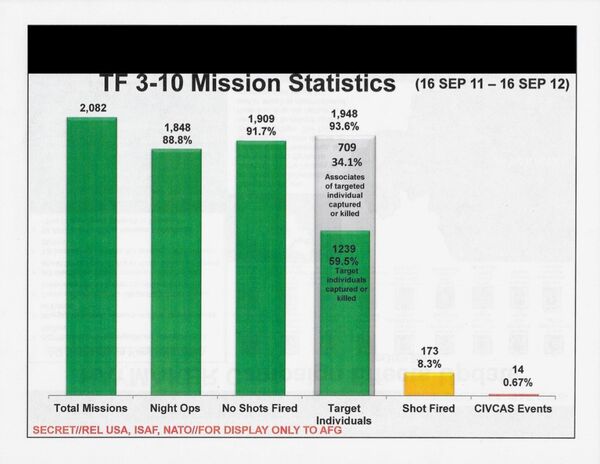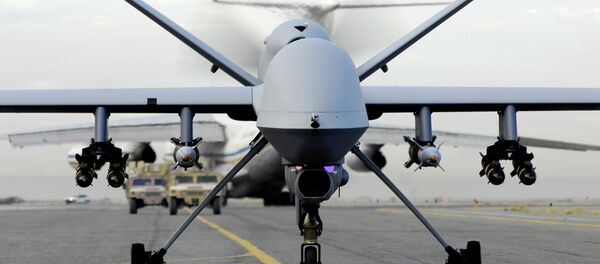From 2011 to 2013, US Special Forces, backed by the CIA and intelligence community, set out to hunt and kill Taliban and al-Qaeda that remained hidden in the Hindu Kush mountain range along Afghanistan’s northeastern border with Pakistan.
By February 2013, Operation Haymaker airstrikes had resulted in no more than 35 “jackpots,” a term used to signal the neutralization of a specific targeted individual, while more than 200 people were declared enemy killed in action (EKIA), the Intercept reported.
According to the intelligence community source who provided the documents on the Haymaker campaign, it was common to label the dead as “enemies” until proven otherwise. Identifying those killed often involves assumptions, particularly if the dead include military-age males (MAMs), he said.
“If there is no evidence that proves a person killed in a strike was either not a MAM, or was a MAM but not an unlawful enemy combatant, then there is no question,” he said. “They label them EKIA.”
In the case of airstrikes in a campaign like Haymaker, the source added, missiles could be fired from a variety of aircraft. “But nine times out of 10 it’s a drone strike.”

The materials obtained by the Intercept make just one explicit mention of civilian casualties.
From September 2011 through September 2012, the US conducted more than 1,800 “night ops.” Of those operations – which resulted in 1,239 targets captured or killed and 709 “associates” of targets captured or killed – the military reported “shots fired” in less than 9% of its missions, with a total of 14 civilian casualty “events” for the year.
“The 14 civilian casualties is highly suspect,” said the source. “I know the actual number is much higher. But they make the numbers themselves so they can get away with writing off most of the kills as legitimate.”
By 2013, Haymaker was amassing a significant body count but making little headway against al-Qaeda forces in the region, the Intercept reported.

According to the documents, individuals continued to return to Pakistan to support operations in and outside of Afghanistan. While “nascent developments in some valleys” indicated that locals were “tiring” of al Qaeda’s efforts to “root out spies as a perceived method to stopping strikes,” the strikes and raids themselves had “succeeded in killing/capturing few [al Qaeda] targets.”
As the documents noted, Haymaker’s impact on al-Qaeda and Taliban enablers in Kunar and Nuristan was “considered temporary without a long-term, persistent campaign.”





